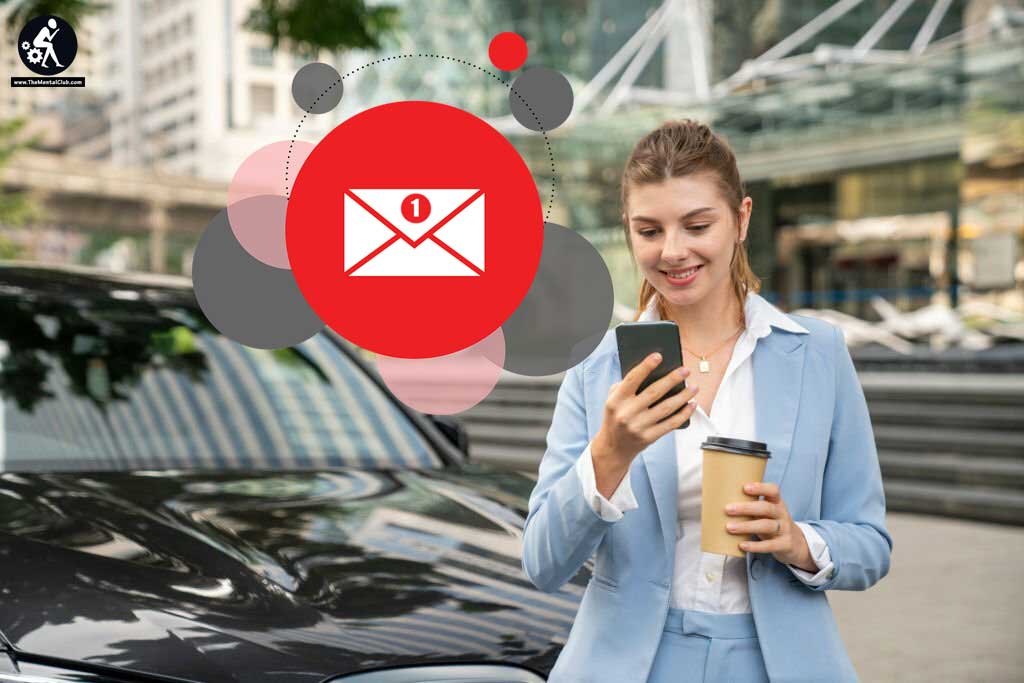In the expansive realm of email marketing, delving into the intricacies of your subscribers’ psychology is akin to possessing the master key to unlock their active engagement.
The act of opening an email and clicking its content isn’t haphazard; it’s profoundly driven by human psychology.

In this article, we embark on a journey to unravel the complex tapestry of subscriber psychology, shedding light on the underlying motivations that lead to email opens and clicks.
By providing a wealth of insights, actionable tips, and real-world examples, we aim to equip you with a comprehensive understanding of these psychological triggers, enabling you to craft email marketing strategies that resonate deeply with your audience and yield remarkable results.
Understanding the Subconscious Triggers
When subscribers receive an email, several subconscious triggers come into play. Understanding these triggers can help you create emails that resonate with your audience.
- Curiosity: Human curiosity is a powerful driver. Craft subject lines that pique curiosity, encouraging subscribers to open and explore what lies within.
- Personalization: Subscribers are more likely to engage with emails that address them by name or offer content tailored to their preferences.
- Fear of Missing Out (FOMO): Use a sense of urgency or exclusivity in your emails to trigger FOMO, motivating subscribers to take immediate action.

The Role of Trust
Building trust with your audience is paramount. Subscribers are more likely to open and click on emails from brands they trust.
Apple has built a strong brand that consumers trust.
When Apple sends an email, subscribers trust that it will contain valuable information, promotions, or updates on products they’re interested in, leading to higher open and click-through rates.
Tips for Building Trust
- Consistent Branding: Maintain a consistent visual identity and tone in your emails.
- Transparency: Be transparent in your email content and business practices.
- Quality Content: Provide high-quality, relevant content in your emails.

The Email Address Lookup Tool and Personalization
The email address lookup tool is a valuable asset in understanding your subscribers better.
It helps you gather essential information about your subscribers, including their names, locations, and more.
With this data, you can personalize your emails more effectively, which is a key motivator for opens and clicks.
How does the Email Address Lookup enhance personalization?
Personalized Greetings: Address subscribers by their names confidently, making your emails more appealing.
Localized Content: Tailor your emails to the recipient’s location or time zone.
Spotify, the music streaming platform, utilizes email address lookup to personalize content.
When subscribers receive emails with playlists tailored to their music preferences and local concerts, they are more motivated to open and click, as the content feels personalized and relevant.

The Psychology of Aesthetics
Human beings are naturally drawn to visually pleasing content.
The design and layout of your emails play a significant role in motivating opens and clicks.
Airbnb’s emails feature stunning visuals of destinations and accommodations.
Subscribers are motivated to click to explore the beautiful places presented in the email.
Tips for Aesthetic Appeal
- Eye-Catching Images: Use high-quality, captivating images in your emails.
- Clear and Engaging CTAs: Design clear and compelling call-to-action buttons that prompt action.

Concluding Thoughts
Understanding the psychology of email subscribers is crucial for crafting emails that motivate opens and clicks.
It involves triggering curiosity, building trust, personalization, and presenting aesthetically pleasing content.
The email address lookup tool enhances personalization, helping you connect with your subscribers on a more profound level.
By integrating these principles into your email marketing strategy, you can craft emails that not only garner higher open rates but also spur the desired responses, ultimately culminating in a more actively engaged and responsive audience.






























